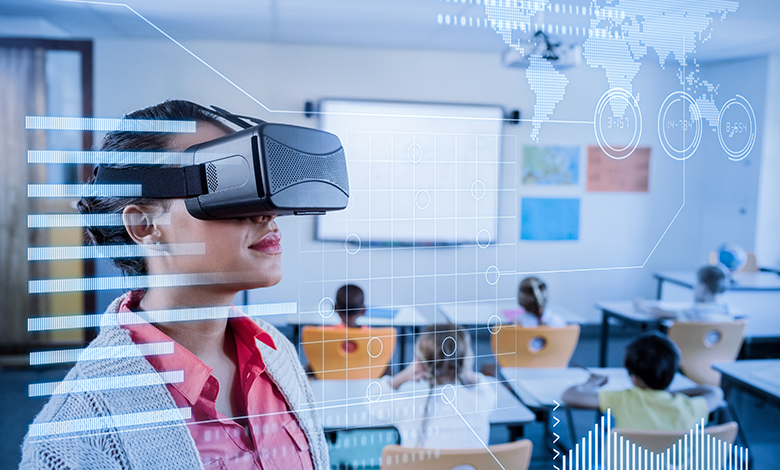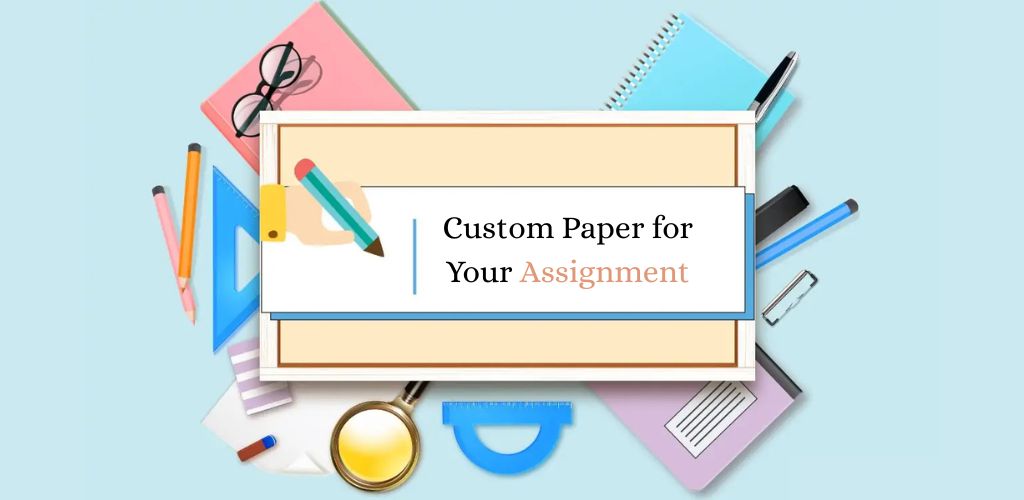
Uses Of Digital Technologies In The Education System
“I have received the message that class would be held online at 4 p.m”
“Professor Henry has uploaded an assignment on the Google classroom”
“The PDF of the book is now available on the internet; I have found it on the site!”
I am sounding exactly like a student of High school, aren’t I? Students are already fighting with the battle of coronavirus and are facing the struggles of online classes, assignments, and academic pressure.
However, this phase of COVID-19 has made all of us realize the importance of in-person classes and the significance of the internet as well. This has now become a universal reality that education systems are being digitalized.
-The global pandemic has made approximately 1.077 billion students sit at homes according to the data of September 2020.
In the times of unforeseen closures of educational institutes, the internet and online teaching assistance has remained with us for the rescue! The advanced digital technologies are right here to take the remote control of educational systems into their hands.
These digital technologies include all the electronic tools, gadgets, systems, devices, even the PCs and laptops that we use at our homes. Every advanced resource that can easily help humans in generating, processing, or storing the data is part of digital technology.
We have been occupied by these digital gadgets to the core and there is no going back!
Talking about students and educational institutions, digital technologies have got their hands to this department as well with the help of social media, mobile phones, and other platforms. The type of learning that involves technology in itself is considered as digital learning. This can happen across every level of academics and learning areas.
Companies providing Portfolio Creations or Dissertation Writing Services are also using these digital technologies.
Let’s have a look at how digital technologies are being used in the education system. The following are 5 specified and used terms associated with digital technologies and education. Implementing them in the education system is surely beneficial.
Bring your own device (BYOD):
This way of learning asks the student to bring his own technological device or gadget in the classroom and use that device as a part of learning. Mobile phones and tablets are used in the classroom to research the activity and students learn the way of browsing as well.
In this way, there is a variety of technology to be used in the educational institutes and it would be cost-effective as well. However, there might be a lack of teacher training in this aspect.
E-portfolios:
The e-portfolios are also being embedded in the education systems and here learners and teachers both have to craft an electronic catalog and have to showcase their progress via online sessions or multimedia files.
It is very helpful in presenting the work and for the tracking of performance efficiently. However, we can face the issues of data security and confidentiality. Teachers are also required to be trained for this process.
Flipped classroom:
This concept of using digital technology in the education system asks the students to discover and learn new content. The students have to go through it keenly before the session via online tutorials and videos. In this way, they can gain more knowledge via personalized teaching.
Students may not be able to understand this process keenly and there is a complete chance that they might misunderstand the material.
Personal Learning Network (PLN):
Another way in which digital technologies could be used in the education systems is the personal learning network (PLN). Every individual is free at his own designation, learners and teachers both can access their networks to enhance their learning skills. In this way, the student can get access to a wide range of expertise and can get the ideas that would support learning.
However, data security and confidentiality can be at risk over here. The accuracy of the information, access to the network, and the teacher’s lack of understanding are highly possible.
Virtual Learning Environment (VLE):
Digital technologies can also be embedded in the educational system with the help of a Virtual Learning Environment (VLE). It is an e-learning education system that is based on the web but designed on the conventional face to face education. Here the students can access the courses, content of the courses, assessments, homework, and external resources too.
Embedding this digital technology with the education system is easy but it requires a high level of maintenance and there can be several issues in the confidentiality and secrecy of data.
FINAL THOUGHTS:
The availability of digital technologies has helped the people in enhancing the education systems. Learning processes have become a lot easier than before and still in times of pandemic, students can learn. The software applications are also available to encourage the process of digital learning. We all are looking forward to the effective implementation of these processes!



